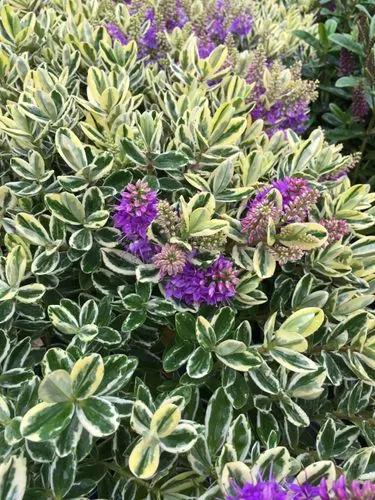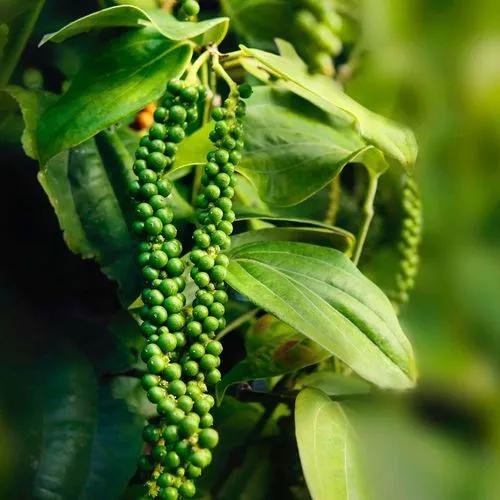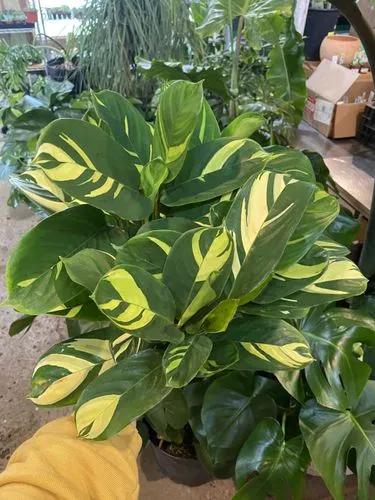Mostly delicate herbaceous plants with creeping or ascending, rarely erect, dichotomously branched stems and small green leaves. The leaves are small, single-veined, entire or fine-toothed, identical or dimorphic, arranged spirally or in four rows. At the base of the leaf blade is a small scale called the tongue. The plant is kept in the soil by dichotomously branched roots, which often develop at the ends of rhizophores. Micro- and megaspores develop on one plant. Gametophytes are formed unisexual.
Selaginella Helvetica Care
Selaginella Helvetica



How to Care for the Plant

Water

To rehydrate resurrection plants, place them in a container filled with pebbles and water. The water should reach just above the pebbles so that the plants can rest securely on top without submerging in the water too far. Resurrection plants are sensitive to water quality, so use distilled water, rainwater, or tap water that has been left out overnight when watering these plants.

Pruning

Not a lot is definitively known about resurrection plant toxicity as they are fairly new houseplants. However, resurrection plants are members of the spikemoss family, and as such, may be toxic to cats as many other species of spikemoss are.

Fertilizer

Resurrection plants require very little fertilizing. Feed twice a year with a water-soluble fertilizer, once in early spring and once mid-summer.

Sunlight

Resurrection plants thrive in plenty of light. Choose a location that receives bright, indirect light. Avoid locations that receive scorching sun as this may be too much for a resurrection plant that has adapted to living indoors.

Soil

Soil is not a necessity for resurrection plants but can be used if desired. Resurrection plants will grow happily in water as long as they are given some rest periods. Alternatively, after resurrection plants are rehydrated in water they can be transferred to soil and grown as a healthy potted plant. Use a well-draining potting mix such as a mixture of one part sand, one part potting soil, and two parts humus.

Temperature

Although resurrection plants are desert plants, they are sensitive to extreme temperature variations and should not be exposed to temperatures that are too hot or too cold. Generally, resurrection plants are happy in average room temperatures. However, avoid placing resurrection plants in locations next to drafty vents or windows.

Popularity

21 people already have this plant 2 people have added this plant to their wishlists
Discover more plants with the list below
Popular articles






